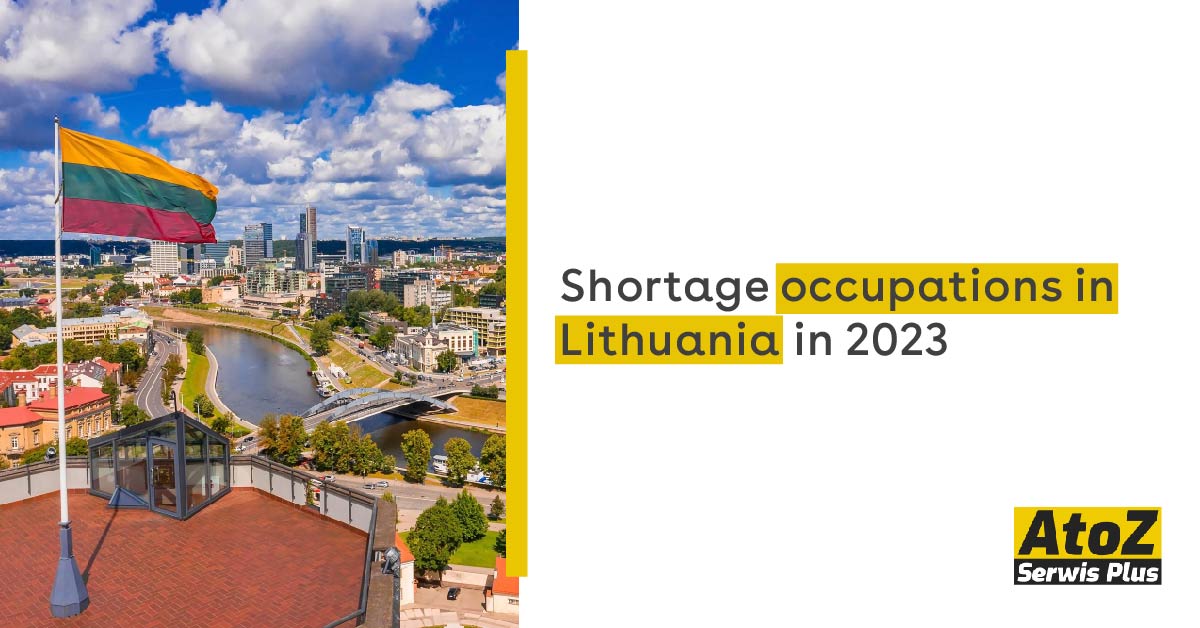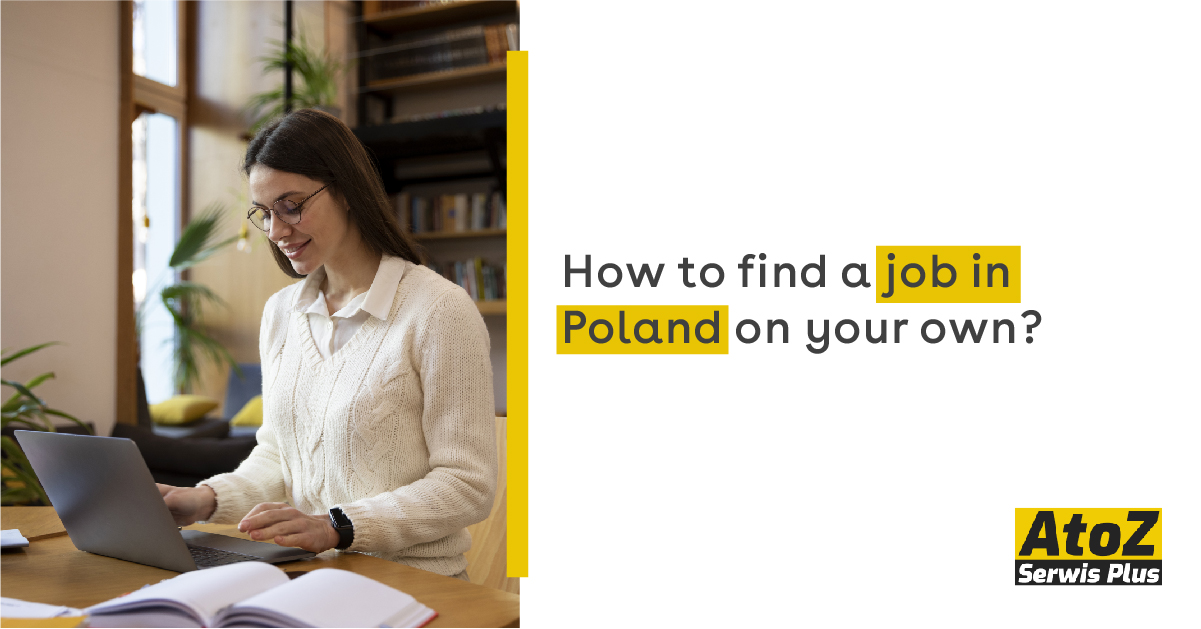

How to Migrate and Settle in Europe in 2025
Comprehensive Guide to Migrating and Settling in Europe: Schengen Area Overview for 2025
Europe’s Schengen Area, comprising 29 member countries, is one of the most desirable regions for migration, offering vast opportunities for employment, education, and business. However, navigating its visa and work permit regulations requires thorough preparation and understanding.
Understanding the Schengen Area
The Schengen Area allows for passport-free movement across member states. While this simplifies travel, employment regulations remain country-specific, meaning obtaining a work permit in one country does not automatically grant you the right to work in another.
Member Countries of the Schengen Area
The Schengen Area comprises 29 countries:
Austria, Belgium, Bulgaria, Croatia, Czech Republic, Denmark, Estonia, Finland, France, Germany, Greece, Hungary, Iceland*, Italy, Latvia, Liechtenstein*, Lithuania, Luxembourg, Malta, Netherlands, Norway*, Poland, Portugal, Romania, Slovakia, Slovenia, Spain, Sweden, and Switzerland*.
(*Non-EU countries but part of Schengen.)
Types of Work Visas and Permits in the Schengen Area
1. Short-Stay Schengen Visa (Type C)
- Purpose: Allows stays up to 90 days within 180 days.
- Work Eligibility: Generally not permitted for employment. Suitable for business trips, training, or conferences.
- Application Process: Apply through the consulate of the intended destination.
2. National Long-Stay Visa (Type D)
- Purpose: For stays exceeding 90 days.
- Work Eligibility: Allows employment within the issuing country.
- Application Process: Apply at the consulate of the host country.
3. EU Blue Card
- Purpose: Designed for highly skilled non-EU workers.
- Eligibility: Requires a job offer in a high-demand field like IT, healthcare, or engineering.
- Benefits:
- Permits work in EU member states.
- Easier family reunification.
- Mobility across EU countries after meeting specific criteria.
- Application Process: Submit the job offer in the country where it is located.
4. Intra-Company Transfer (ICT) Permit
- Purpose: For employees of multinational companies transferring within the organisation.
- Eligibility: Restricted to specific roles like managers or specialists.
- Application Process: The employer in the host country initiates the application.
5. Seasonal Work Permit
- Purpose: Enables temporary employment in sectors such as agriculture or tourism.
- Duration: Typically valid for up to 9 months.
- Application Process: The employer applies for the permit on behalf of the worker.
General Steps to Apply for a Work Visa or Permit
While the exact procedure varies by country, the following general steps apply:
1. Secure a Job Offer
- Begin by obtaining a formal job offer or employment contract from an employer in the Schengen country of your choice.
2. Employer Applies for Work Authorization
- The employer submits your work permit application to the relevant immigration authorities.
- In some cases, a labour market test may be required to prove the unavailability of local workers.
3. Apply for a Work Visa
- Once the work permit is approved, submit your visa application at the host country's embassy or consulate.
4. Gather and Submit Required Documents
Commonly required documents include:
- Valid passport.
- Signed employment contract.
- Proof of qualifications (e.g., degrees, certifications).
- Health insurance covering the duration of your stay.
- Proof of accommodation.
5. Attend an Interview
- Some countries may require an interview as part of the visa process.
6. Await Decision
- Processing times vary by country but typically range from 2 to 8 weeks. Apply well in advance of your intended start date.
7. Travel and Register
- After arrival, register your residence with local authorities within the prescribed timeframe.
Key Considerations When Migrating to the Schengen Area
- Language Skills: Proficiency in the local language can significantly improve employment opportunities and integration.
- Recognized Qualifications: Ensure your degrees and certifications are recognised in the host country.
- Health Insurance: Mandatory for all visa applications; must cover the entire duration of your stay.
- Financial Stability: Proof of sufficient funds may be required to show your ability to support yourself.
- Legal Compliance: Adhere strictly to visa rules to avoid penalties or deportation.
In-Demand Sectors Across Schengen Countries
- IT and Technology: High demand in Germany, Netherlands, Estonia, and Luxembourg.
- Healthcare: Shortages in Austria, France, and Norway.
- Engineering: Opportunities in Finland, Sweden, and Germany.
- Agriculture: Seasonal roles in Spain, Italy, and Portugal.
- Tourism: Available in Greece, Croatia, and Malta.
Official Resources for Schengen Work Visas
- EURES (European Job Mobility Portal): EURES
- European Commission – Immigration: Immigration Portal
- EU Blue Card Information: EU Blue Card Portal
Conclusion
Migrating to the Schengen Area in 2025 offers exciting opportunities for work, study, or family reunification. Understanding the different types of visas and work permits available, preparing documents thoroughly, and adhering to each country’s specific requirements will make your move to Europe seamless and successful.
For detailed country-specific requirements, explore the official websites provided above or consult with immigration experts for personalised guidance.


















